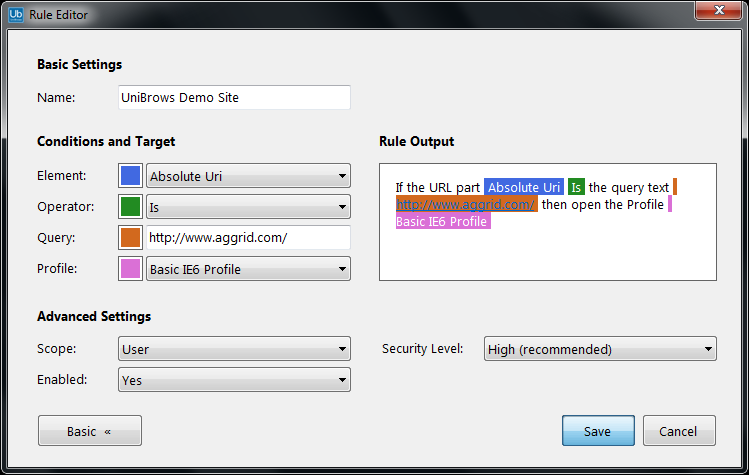

- #Centralized multibrowser favorites software#
- #Centralized multibrowser favorites code#
- #Centralized multibrowser favorites windows#
They’ve pushed their new browser, Edge, for some time but due to lack of adoption pivoted to use source code from none other than Google Chrome to ensure optimal user experience.Īs I mentioned earlier, Google’s superiority may be contested by some - like those in favor of more privacy or hackers with a preference for deeper functionality (much in the same way people still opt for the Linux operating system today). Due to the quality and declining developer community surrounding the browser, Microsoft recently announced they will end support for IE11 on June 15, 2022. It should also be noted that Microsoft’s storied history of monopolistic behavior (and ensuring antitrust lawsuits surrounding Internet Explorer) signified the beginning of the end for innovation on their proprietary browser. Plus, it played well with all other Google products, not to mention it reinforced their position as a marketing leader with tons of supplementary data collection points. Tools like tabs & organization, bookmarks, and chrome extensions created a whole new world of functionality (and an ecosystem to support it) for internet users. The second is that they simply innovated in a way that others weren’t - the whitespace was there for the taking. The first is that the mobile revolution put Google in the lead with the dominant OS (Android sits at around 70% market share today vs. My intuition tells me that there are two primary reasons.
#Centralized multibrowser favorites windows#
It was acquired by AOL (who evidently let the innovation engine peter out) but had effectively died by 2003 (in part due to Microsoft bundling Internet Explorer into their Windows suite).īrowser by market share since 2009: sharp decline for IE, massive gains for Chrome One of the lead authors of the program, Marc Andreessen, went on to develop Netscape, the leading web browser of the 1990s. It was instrumental in popularizing the world wide web by incorporating text and graphics into the page. One of the very first web browsers (1993) was called Mosaic, originating from a project at the National Center for Supercomputing Applications (NCSA) in Urbana-Champaign, Illinois. And what happens as we bridge the gap between Web2.0 & Web3?.

#Centralized multibrowser favorites software#
The browser, however, has quite a fascinating history: a novel innovation designed for an era of graphical user interfaces turned into fierce rivalry among leading software companies for market share (and mindshare!) within a rapidly growing population of internauts. I should be careful, because there are no doubt personal preferences and power users that advocate for one or the other - but we’ll get to that debate in a moment. In 2022, browser technology is taken for granted, it simply exists in the background as our entry point to all things online. If you’re reading this, you are using a web browser.


 0 kommentar(er)
0 kommentar(er)
